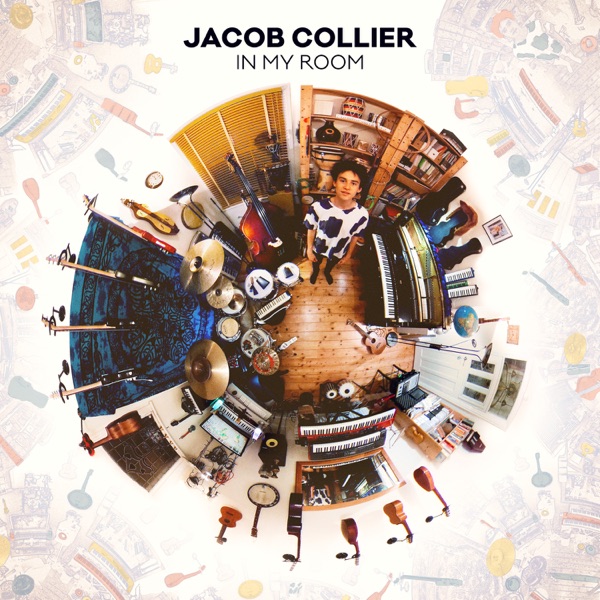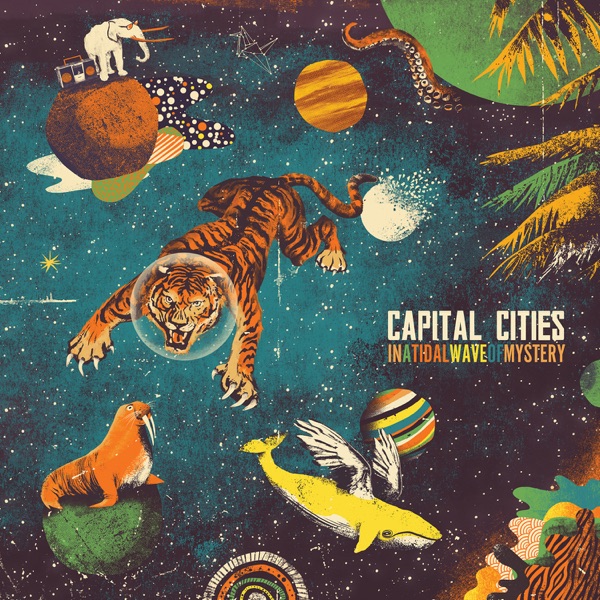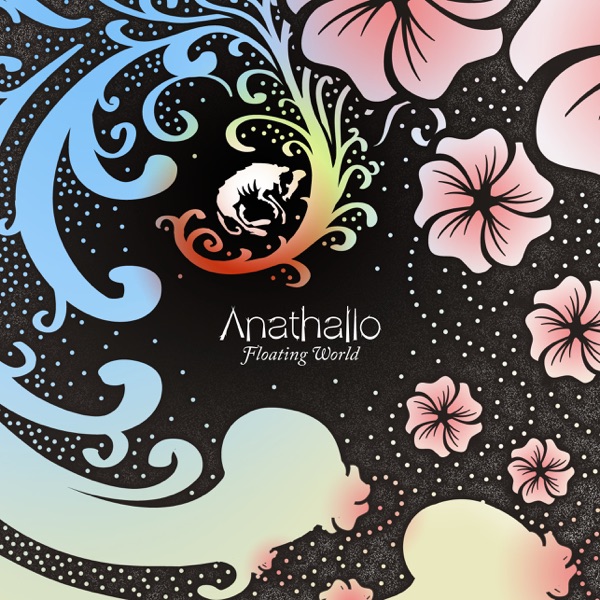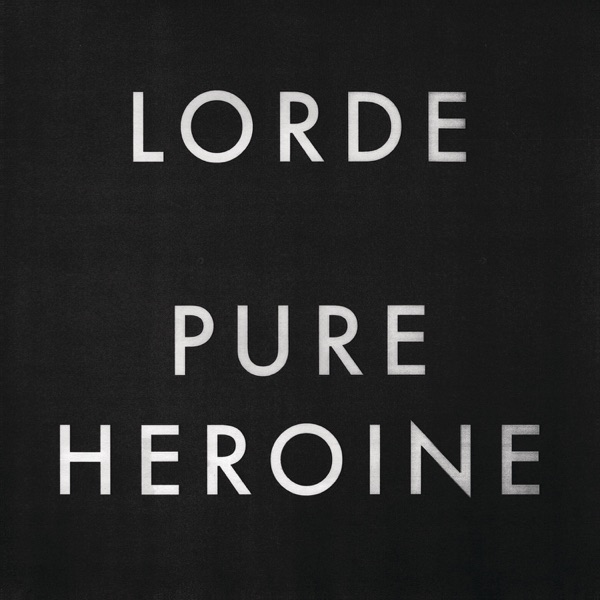I’ll start with my definitions. Craftsmanship is technique, the ability to make vision into substance. The ability to make effective craft. Artistry is a quality of vision, a frame, a set of priorities, one geared toward producing art. There are two primary qualities of vision: that of the craftsman and that of the artist. The vision of the craftsman is focused on effective communication, on language and design, on efficacy in general. Making something “good” intentionally, following all known rules that dictate what “good” might be. The vision of the artist is focused on touching the ineffable and inspiring some amount of honest change in an audience, on making “art”. Art being something that touches the ineffable and inspires honest change. Yes? I know my definition of art here is a little bit recursive, but that’s fine, that’s intentional. The point here is that the artist’s vision is that which seeks some ill defined, immeasurable glory. Art often is a little bit recursive.
There are a couple things I want to address through these definitions. The necessity of craftsmanship, the dangers of tunnel vision, and, most importantly, how this all applies to risk.
With regards to the necessity of craftsmanship: craft is not, strictly speaking, necessary to make good… anything, really. Monkeys and typewriters and all that. That being said, having good fundamentals, understanding how to turn what you think into what you have, is incredibly valuable. It’s the most valuable thing. I suppose there’s an argument to be made that people get in their own way, that sometimes accidents lead to inspirations that never would’ve happened otherwise. Which… isn’t untrue, but it relies on dumb luck, which is risky and unreliable, and thus stupid. Admittedly, it can be useful to have elements you can’t predict affecting you and your work. Working inside a vacuum is difficult and creatively stifling. But, you’re still gonna need the ability to make that inspiration worth something once you have it. The argument that those who’ve trained, practiced, and learned proper methodology are less able to make good art than amateurs because of happy accidents and beginners luck and genuine passion and love and the magic of friendship is ridiculous. The argument that they’re equally able to make good art is ridiculous. If you don’t know what you’re doing, learn. Guess how difficult it is to avoid working in a vacuum? Hint: it’s not. The internet exists, other people exist, and in general people don’t exist in vacuums. Not enough air. You don’t have to know what you’re doing to get started, that’s how people learn, sure, ok. But to reject work and learning because they get in the way of just “feeling the vibes” is dumb and stupid and dumb. If somebody does this and it works, I’m happy for them. They’re talented and gifted, so good for them and I hope they fall out of bed and stub their toe. For everyone else, yes, craftsmanship is, practically speaking, necessary.
With regards to tunnel vision: it’s not great. These two frames, these qualities of vision, aren’t independent. They feed into each other. It’s possible that somebody focusing on creating something with clear, useful design can accidentally touch on an idea that bonds to the audience and inspires honest change, and it’s possible that somebody can create a work of the sole purpose of describing a truth of the divine and find that for it to work they had to make it exceedingly polished and fine. Engaging in the craftsman’s vision will naturally expose questions and ideas that have potential for art. Engaging in the artist’s vision will naturally expose questions and ideas that have potential for craft. To shut down those questions and ideas because they might interfere with the purity of your original project and your original focus- that’s tunnel vision, and that’s harmful. When you do that, you lose the chance for your work to grow beyond its original scope, you miss opportunities. Tunnel vision is especially foolish when all the attention is given to the artist’s vision. A common mark of exceptional art is that there are parts of it that are magic, that are inexplicable. If something is inexplicable, putting more energy and attention toward explaining it is a waste of time. More than that, if you put all your attention on making something exceptional and not enough on making it good you might end up with something that’s exceptional and also not good. Who’d’ve thunk. If you have to pick only one set of criteria for your work, it’s better that it be that which tries to make something good. Better good and unexceptional than exceptional and bad, yes?
Which leads into risk: the artist’s vision is risky. It is high risk, and yes, potentially high yield. But it makes me wary. I believe in craft, I believe in input making output, I believe in ability determining result, on principle. I don’t believe that said principle is true, or always reflected in reality, but I believe that the principle is valuable and encourages useful behaviors. Unfortunately, that principle is proven untrue, proven unfounded in reality, by art (and by lots of other things, life is unfair and yada yada). When one makes a product, it could be that the product was made flawlessly, that the craft was unparalleled, each aspect of that crafter’s vision translated into substance exactly. But if the crafter pursued art, if their vision was that of the artist, it’s entirely possible that the product kinda sucked. The ineffable glory of art was sought, the artist made exactly what they thought would touch it, and they were wrong. And that sucks. That sucks so much. You can do everything right and end with something that’s just exactly wrong. That’s why I don’t like the kind of risk that tunnel vision on art breeds. It’s not just the risk of a mistake leading to failure, it’s the risk of failure happening despite you not making any true mistakes, per se. It’s ugly and uncontrollable and dangerous and it feels bad. It feels bad as a creator who fails, and it feels bad as an audience who witnesses that failure. It’s such a melancholy feeling to hear music from an artist and understand that their fundamentals were such that they could have been one of your favorite artists had they not made such risky design decisions in pursuit of something so difficult to reach. But they took those risks and became alright instead of great. And that feels bad. I vastly prefer the lower risk approach of the craftsman’s vision, of trying to see your craft produce the “best” substance it can with the best knowledge you have of “best”. It’s less discouraging as a creator and it’s more reliable and affirming as an audience. Making art the primary goal is just not worth the risk. Music doesn’t have to be art to be useful. A painting doesn’t have to be art to be useful. A novel doesn’t have to be art to be useful. Is art beautiful? Can it create a sense of magic and awe? Yes, of course, and those are good things, wonderful things- but lacking them shouldn’t cause something to be immediately discounted. That’s foolish. In anything that has the potential for art is craft, and that’s often a better (read: more doable, more effective) measure of quality anyway. Certainly easier, more reproducible. Artistry, seeking art, is high risk. Craftsmanship, seeking craft, is not. Why try for something good but uncertain when good and guaranteed is within grasp?
To be clear, art is not bad. Art is wonderful. I love experiencing art, I love that there are people who try, who fail, who succeed. Art is… it’s cool and interesting and the fact that there are people who prioritize the artist’s vision is great for music and media as a whole.
But.
Good craft is foundational, it’s the core of the creative process. Anyone can have an idea. The successful person is the craftsman capable of making the idea real. Successful art needs capable craftsmen, and it’s so much easier to practice that with the craftsman’s vision than the artist’s. The craftsman is more able to make art than the artist is able to make craft. I love art, but craft is essential to… creating, in general. It has to be the priority.
as demonstrated by
An important note: the examples I provide here are, first and foremost, going to display what I believe is good craft, what I believe is “known to dictate what ‘good’ might be”. The difference between art and craft is ultimately subjective. The difference between an effective song and an ineffective song is ultimately subjective. That is inevitable. That said, I still believe art and craft are useful terms, useful frames through which one can better understand and critique. My hope is that my examples below will provide an example of what craft could mean and what art could mean, and that that specific definition will provide a range and make clearer what I mean by art and craft generally. I don’t mean to say that this is art and that is craft and everything else is wrong. These words are tools, and this is how I use them.
(And, of course, these examples are few- this analysis can be applied to all artists.)

Matchbox Twenty is an excellent example of good craft. They consistently produce effective songs. I don’t think they create art; I also think that’s ok. They have a clear vision for what song they want to make, and they reach that vision again and again.

Jacob Collier loves to explore sounds, and he’s really good at it. He makes really purposeful decisions. But, I’d argue he also prioritizes the artist’s vision- his desire to sate his curiosity sometimes wars with his desire to produce an effective song.

Capital Cities are specific and technically skilled. But, in their want for consistency and “good”, they choose away from ideas that could add additional layers of interest. That’s a mistake.

Anathallo, particularly in their first album, Floating World, are definitely what I’d call artsy, but they’re also great craftsmen. All decisions are specific and purposeful. They use the artist’s vision, but they understand that it’s craft that paves the way to art.

Lorde is an excellent craftsman. Her music is precise and deliberate, as are her lyrics. She often loses me on lyrics, but even those are well crafted, just not my jam.

Surfaces are, I think, a good example of overzealousness in craft to the point of pruning art away. They are consistent and functional, but they quickly become formulaic, dull, and lifeless.